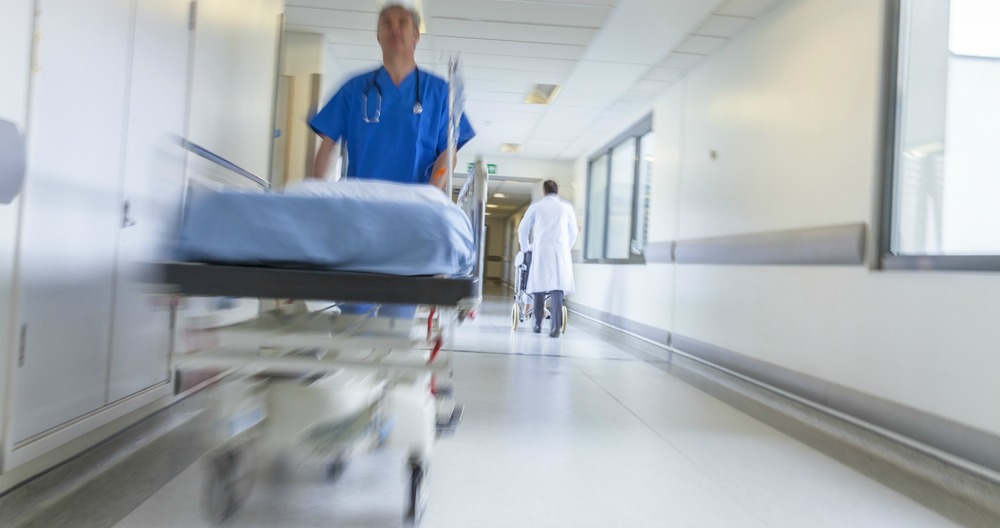
Over the past 14 years, American emergency rooms have faced more than 600 drug shortages, according to an analysis published last week in Academic Emergency Medicine. Among those shortages were lacks of life-saving, one-of-a-kind drugs such as naloxone, the only medicine capable of reversing a heroin overdose.
The analysis is just the latest report to find that America has faced an increasing number of drug shortages since around 2008. And it’s not just emergency rooms, though emergency medicine might be especially affected because production of injectable drugs is the most likely to come up short. The ER, of course, uses lots of those. Think: local anesthetics, shots for allergy or asthma attacks, nitroglycerin shots for heart attacks, and, of course, naloxone.
Emergency rooms provide a dramatic example of the drug shortage problem, as ER patients are often in the most dire need. To be sure, the new analysis found that more than half of the missing emergency meds were for acute or life-threatening conditions. In most cases, doctors could substitute another drug for the missing one, but they were unable to do so five percent of the time.
Why do these shortages occur? In the database the emergency-room researchers analyzed, the most commonly cited reason was a drug-plant shutdown due to quality control problems. But there are likely deeper causes. Those who buy injectable drugs for hospitals tend to choose the cheapest generics, without paying attention to quality, according to another recent study, published in Clinical Pharmacology & Therapeutics. That may have driven the recent quality problems at drug factories, the Clinical Pharmacology & Therapeutics study’s authors theorized. Another theory: The way hospital drugs are purchased encourages only a few companies to make generics, so when one company’s factories go down, there’s no one around to make up for the shortfall.
In a 2014 report, the non-partisan Government Accountability Office found that, while the Food and Drug Administration is “improving” its response to drug shortfalls, it still could do better. That much is clear from the ER data.





